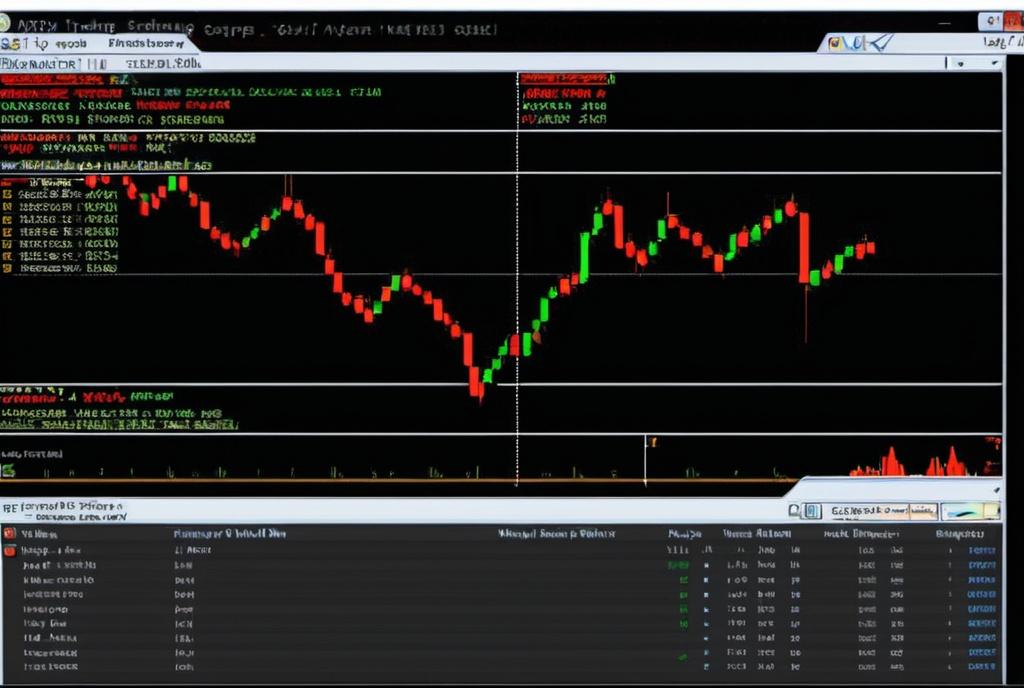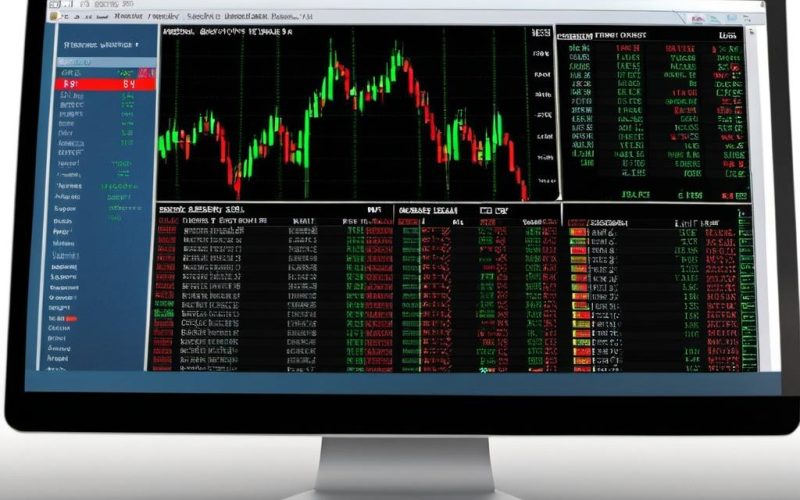Key Take Aways About TradeStation
- TradeStation is a widely-used trading platform known for comprehensive data and automation tools.
- HIT software offers algorithmic trading, providing predictive analysis through historical data.
- Combining TradeStation with HIT can enhance trading strategies by offering infrastructure and trend insights.
- Users may experience a steep learning curve and occasional inaccuracies in HIT’s forecasts.
- Diversification and instinctual trading remain important despite technological tools.

Understanding TradeStation and HIT Software
TradeStation, known by many traders as a significant name in the trading software business, offers a platform that aims to assist both beginner and seasoned users in managing their trades effectively. TradeStation’s software integrates well with a range of tools, but today we’re looking closer at HIT software, a less-discussed tool that can complement TradeStation’s offerings in intriguing ways.
The Meat and Potatoes of TradeStation
TradeStation is like that friend who’s always got your back in a bar brawl, if trading were a saloon fight. It’s designed with a variety of features intended to provide traders with comprehensive market data, advanced charting options, and the ability to automate trades through its proprietary programming language, EasyLanguage. More than just a platform, it’s often touted for its seamless execution and reliability.
That said, the bells and whistles can be a bit daunting for new users. Imagine stepping into a cockpit without pilot training—while the dials and meters are impressive, they can be head-spinning if you’re not sure what each button does.
Diving into HIT Software
HIT software, not to be confused with some ninja tool, is another weapon in a trader’s arsenal. It brings to the table algorithmic trading capabilities that can be aligned with TradeStation’s robust environment. Think of HIT as the nerdy sidekick that’s really good at numbers. It focuses on providing predictive analysis by employing algorithms that run on historical data to forecast future trends.
It’s like having a crystal ball that’s a bit iffy on the details. The forecasts aren’t always 100%, but they do offer an edge over relying purely on gut feelings or simple chart analysis.
Combining TradeStation and HIT: A User’s Perspective
The synergy between TradeStation and HIT often lies in their ability to complement each other’s strengths. While TradeStation provides the infrastructure and tools for managing trades and analyzing markets, HIT’s software can offer insights into market trends that might just give a trader that much-needed edge.
One trader, let’s call him Tim, shared how using the two together reduced his screen time. The predictive insights from HIT allowed him to set more informed parameters on his TradeStation account, thereby automating a portion of his trades. It was like having a personal assistant that whispers sweet trading nothings in your ear.
Challenges and Considerations
Of course, it isn’t all sunshine and rainbows. Utilizing both platforms comes with its own set of challenges. TradeStation’s learning curve is steep, akin to navigating a particularly twisty mountain road. Meanwhile, HIT’s algorithms can sometimes throw you a curveball or two, predicting trends that don’t pan out as expected.
It’s essential to not put all your eggs in one basket. Diversification and awareness of market factors are crucial, as software can only do so much. A good trader knows when to rely on the tech and when to trust their instincts.
Conclusion
In the trading game, having the right tools often makes all the difference. TradeStation and HIT software together form a formidable partnership, offering a mix of sophisticated analytics and predictive capabilities. If you’re considering stepping up your trading approach, you might find this duo to be just the ticket. With a pinch of patience and a willingness to tinker with your settings, who knows, maybe your next trade could be the big one.
